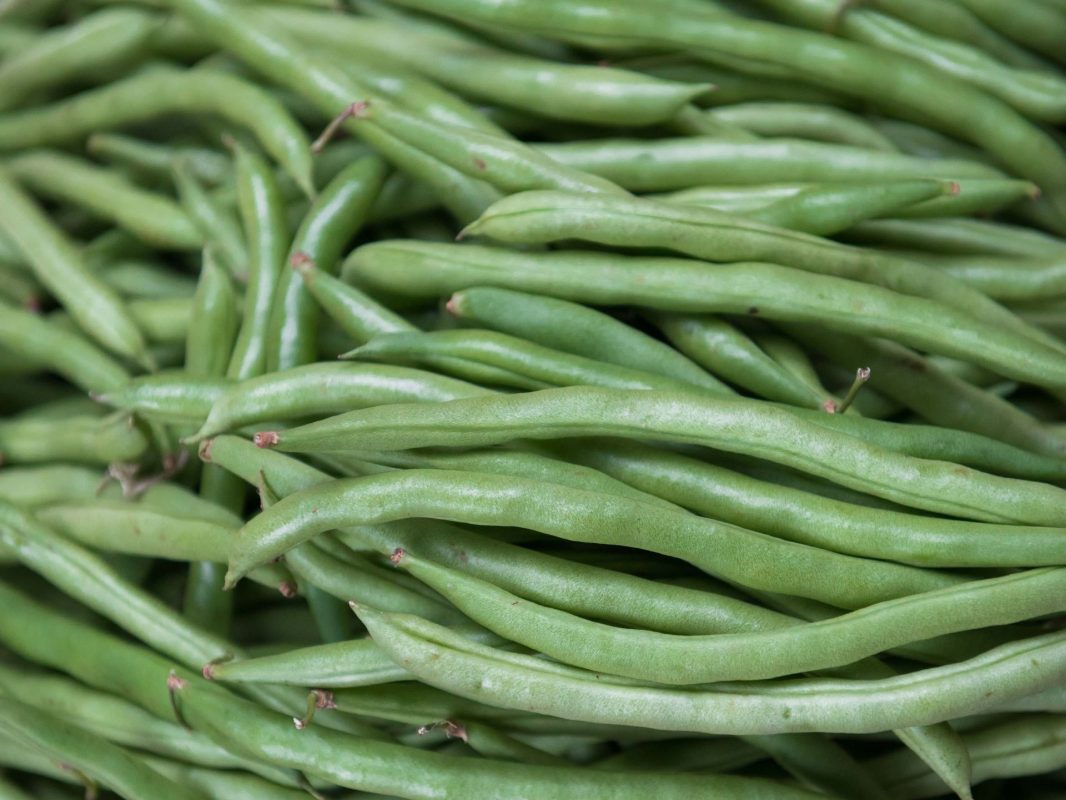YETRAC
A Comprehensive Guide to Successful Bean Farming: Planting, Care, and Harvest Tips
A Comprehensive Guide to Successful Bean Farming: Planting, Care, and Harvest Tips
Beans, one of the most extensively cultivated vegetable types in our country, are grown in both coastal and inland regions. Production is typically carried out under open-field conditions using pole and dwarf varieties. Beans are a protein-rich and flavorful vegetable, consumed both fresh and dried, as well as in preserved, frozen, sun-dried, and artificially green-dried forms.
Soil and Climate Requirements
Beans are not highly selective in terms of soil requirements. However, they thrive better in soils rich in organic matter, soft, well-aerated, and with good water retention capacity. They do not favor excessively acidic soils, and the optimum soil pH for bean cultivation is between 5.5 and 6.7. Beans are a warm-climate vegetable, suffering significant damage when the temperature drops below 2-3°C. The optimum temperature for comfortable development is between 15.5 and 21°C. Growth tends to decline at temperatures below 15.5°C. During the flowering period, a temperature of 18-20°C is required, and cool weather is not suitable for flowering. For fruit setting, temperatures between 18-25°C support proper fruit retention and development. High temperatures during flowering and fruit setting can lead to significant damage.
Cultivation Methods
Beans are sown in two ways: a) Row (line) method b) Bed method. In row cultivation, the land is divided into parcels, usually in a rectangular shape, and several rows or lines are created at regular intervals on these beds. Planting is done on these rows. For dwarf varieties, row spacing is 40-50 cm, and inter-row spacing is 15-20 cm. For pole varieties, row spacing is 50-60 cm, and inter-row spacing is 20-30 cm. In bed planting, pits are opened on trays with a depth of 2-3 cm, and seeds are placed in the mixture.
Planting Time
For open-field cultivation of fresh beans, planting begins in late March and April (considering regional ecological conditions). However, depending on climate conditions, planting can be done gradually until the last week of May. For protected cultivation of fresh beans, seed planting is done on March 1st in the spring season and between July 15th and August 1st in the autumn season. In large areas where dwarf bean cultivation is practiced, row planting is done with a planter. The spacing between rows is 50-65 cm, inter-row spacing is 10-25 cm, and seeds are placed 2-3 cm deep. For pole bean cultivation, mixed planting is carried out with corn, and poles (willow, hazel branches) are used. For pole bean cultivation, seeds are planted around the poles, with a spacing of 5-7 seeds per pole, leaving a distance of 1m between poles.
Fertilization
Pole beans remove more nutrient elements from the soil compared to dwarf beans, reducing soil fertility. Recommended amounts of natural and commercial fertilizers for beans depend on the nutrient levels in the soil. Based on soil analysis results, it is best to provide the required fertilizers. For sandy-loam soils, considered the most suitable, 2-3 tons of well-rotted farm manure per hectare are applied every few years. Per hectare, 2-5 kg of pure nitrogen (N), 4-6 kg of phosphorus (P2O5), and 3-5 kg of potassium (K2O) should be applied. To avoid any harm from commercial fertilizers to germinating seeds, it is advisable to apply fertilizers at least 5 cm away from the location where seeds are sown and at a depth of 7.5 cm.
Hoeing
When beans completely emerge on the soil surface and have 4-5 pairs of leaves, the first hoeing is done. During the branching period, approximately 2-3 weeks after the first hoeing and before flowering, the second hoeing is performed. Hoeing should be avoided during the flowering period.
Irrigation
During the vegetative period, the water requirement of fresh bean plants is a minimum of 300-450 mm. Plants should not be irrigated when they are in full bloom during the generative period. Irrigation times should be during the stages of seedlings having three true leaves, just before flowering, 10 days after fruit setting, and one month before harvesting. Frequent and light irrigation is recommended since fresh beans prefer frequent watering but do not tolerate excessive water.
Disease and Pest Control
Fresh bean plants are highly sensitive to diseases and pests. Immediately after seed emergence, an insecticide should be applied to prevent seedling diseases. Common diseases in beans include Anthracnose, Rust disease, Bean Mosaic Virus, and Root Rot. To combat these diseases, treated seeds should be used, and appropriate fungicides should be applied. The major pests affecting beans are the bean weevil (Bruchus), aphids, and red mites. Adequate insecticide should be used to control these pests.
Harvest
The ideal time for harvesting fresh beans is when the pods reach one-third of their true size, showing the authentic variety character. Delayed harvesting results in the cellulose formation of harvested beans, causing them to harden, the enlargement of grains in a way that disrupts the taste, and especially an increase in fibrousness.

